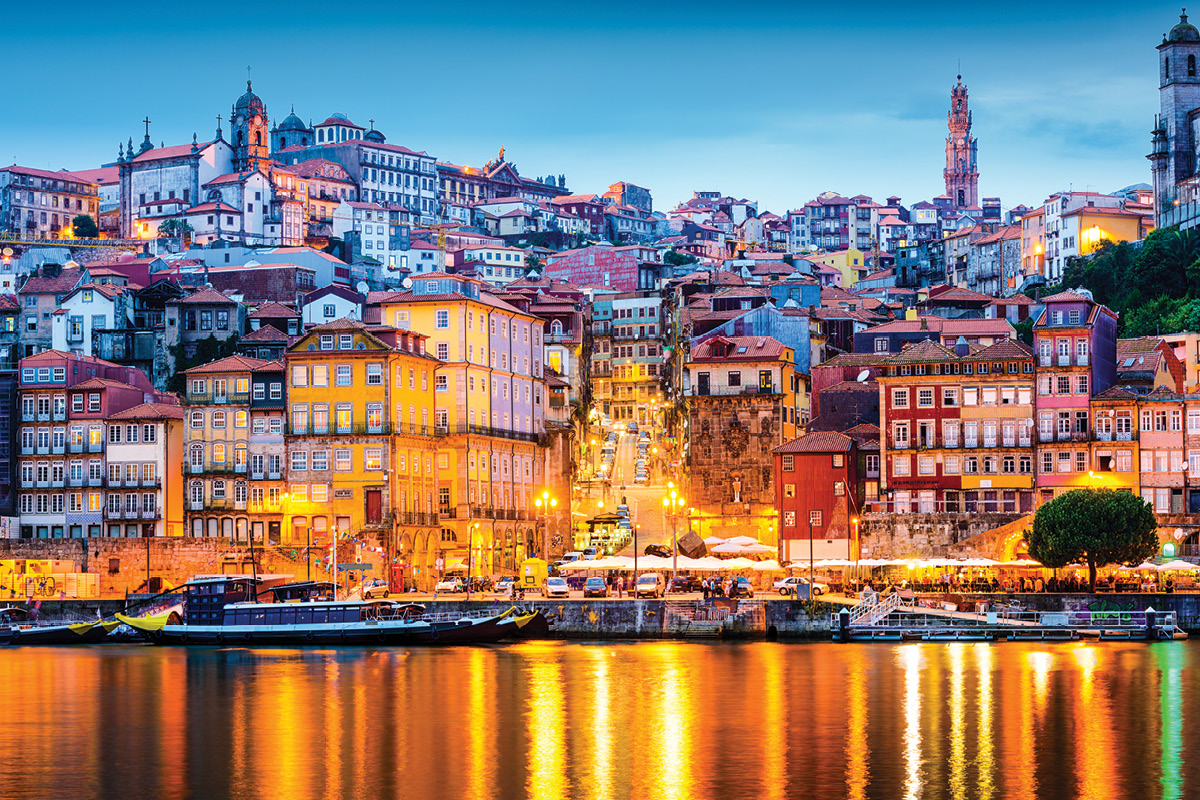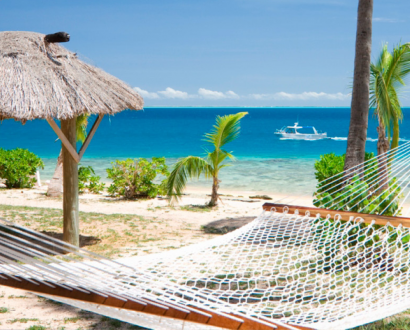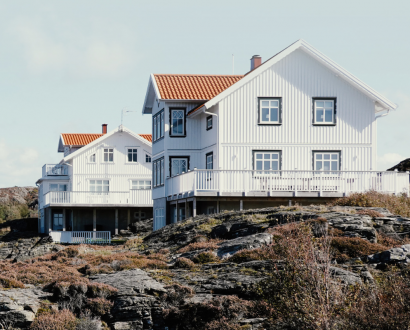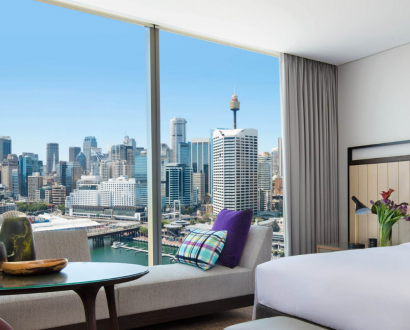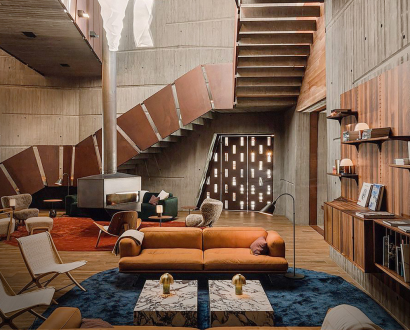Sliding the heavy glass door of my executive suite, I step onto the private terrace. In the afternoon sun, the city of Porto looks like a giant canvas tacked onto the hillside. Its muted palette of yellow, pink and orange pops against the blue sky, and it’s as though abstract brushwork fashioned the city’s jumbled design. From the vantage point of The Yeatman Hotel, where all 83 rooms are afforded this magnificent view, the city is a masterpiece.
Likewise, the five-star hotel itself is a masterpiece. While much of Porto’s downtown accommodation is retrofitted within UNESCO-protected buildings, the six-year-old Yeatman, perched across the Douro River, is purpose-built luxury. Features include lavishly spacious rooms and communal areas, a two-storey spa, infinity pool, and a two Michelin star restaurant, all complemented by the kind and relaxed hospitality that comes effortlessly to the Portuguese.
The hotel is also an ambassador for Portuguese wine through a partnership with
73 of Portugal’s top wine producers. Partners showcase products throughout the hotel, host weekly wine dinners to explain production techniques, and participate in the
hotel’s Christmas wine experience, where around 150 wines are offered for tasting.
One such producer is Taylor’s, a family business established in 1692 focusing exclusively on quality port production.
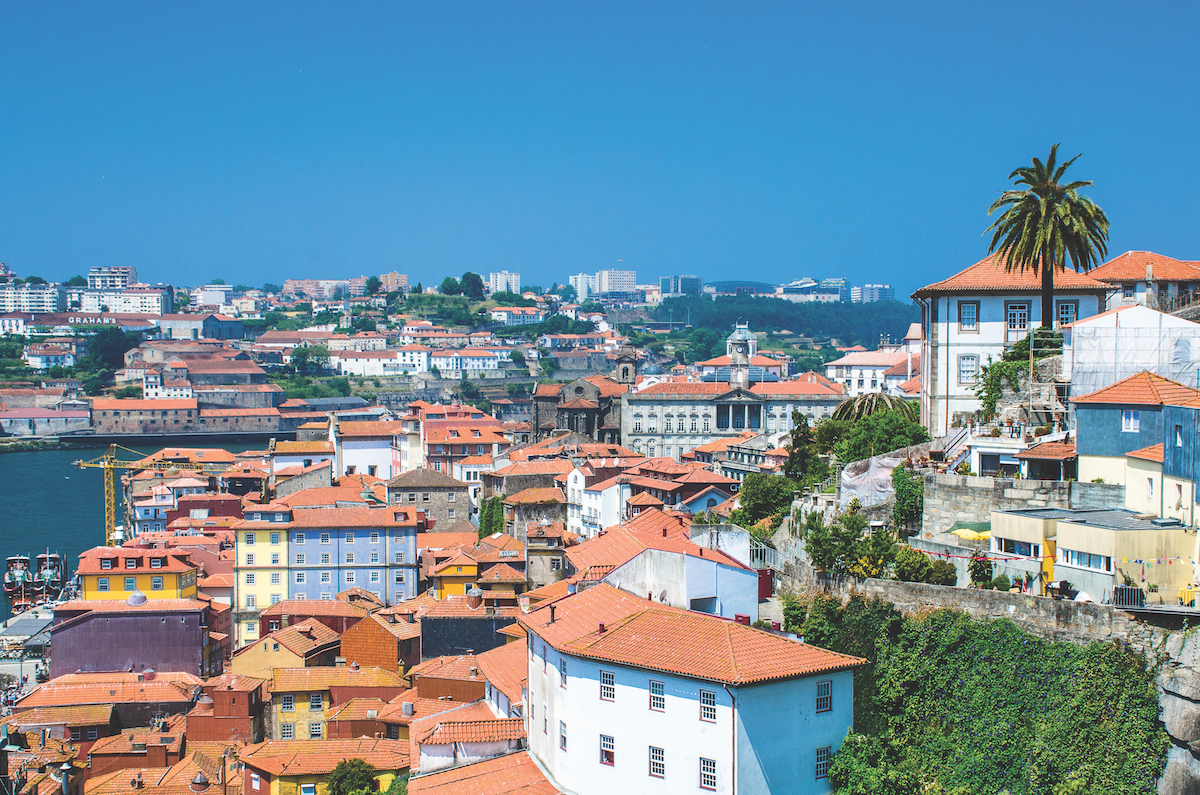
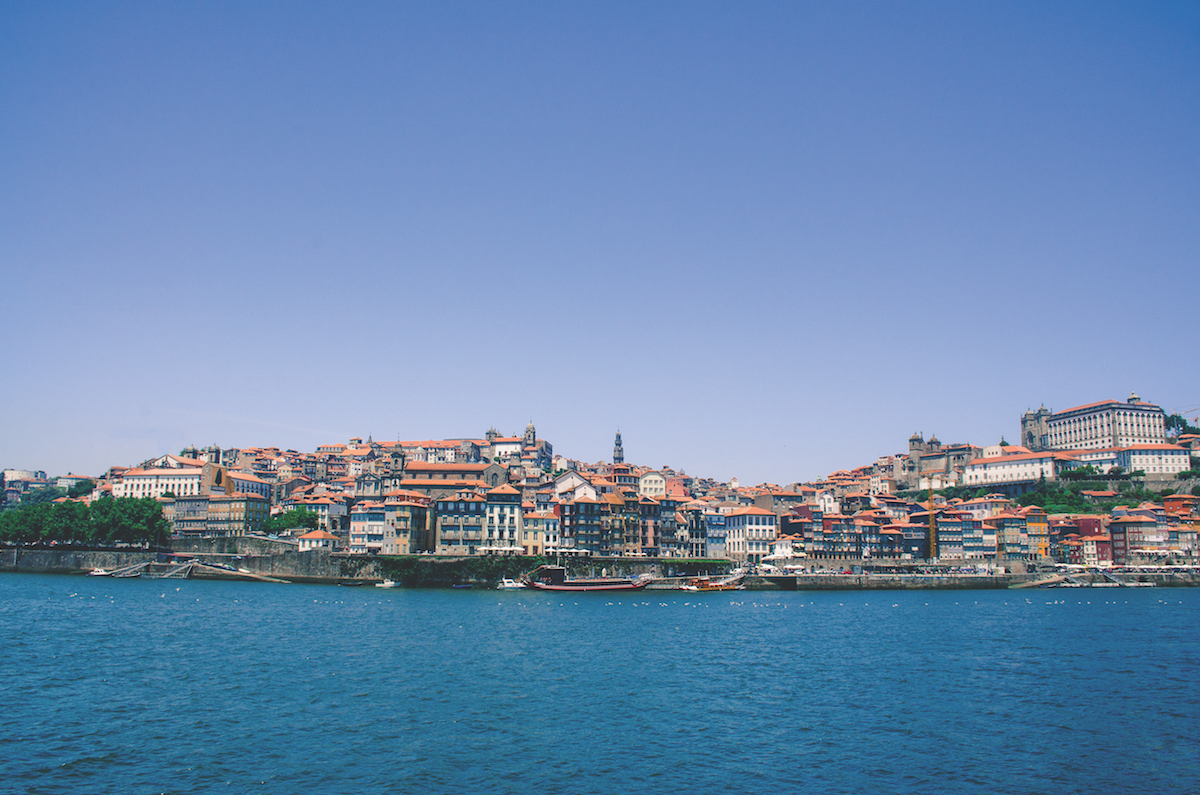
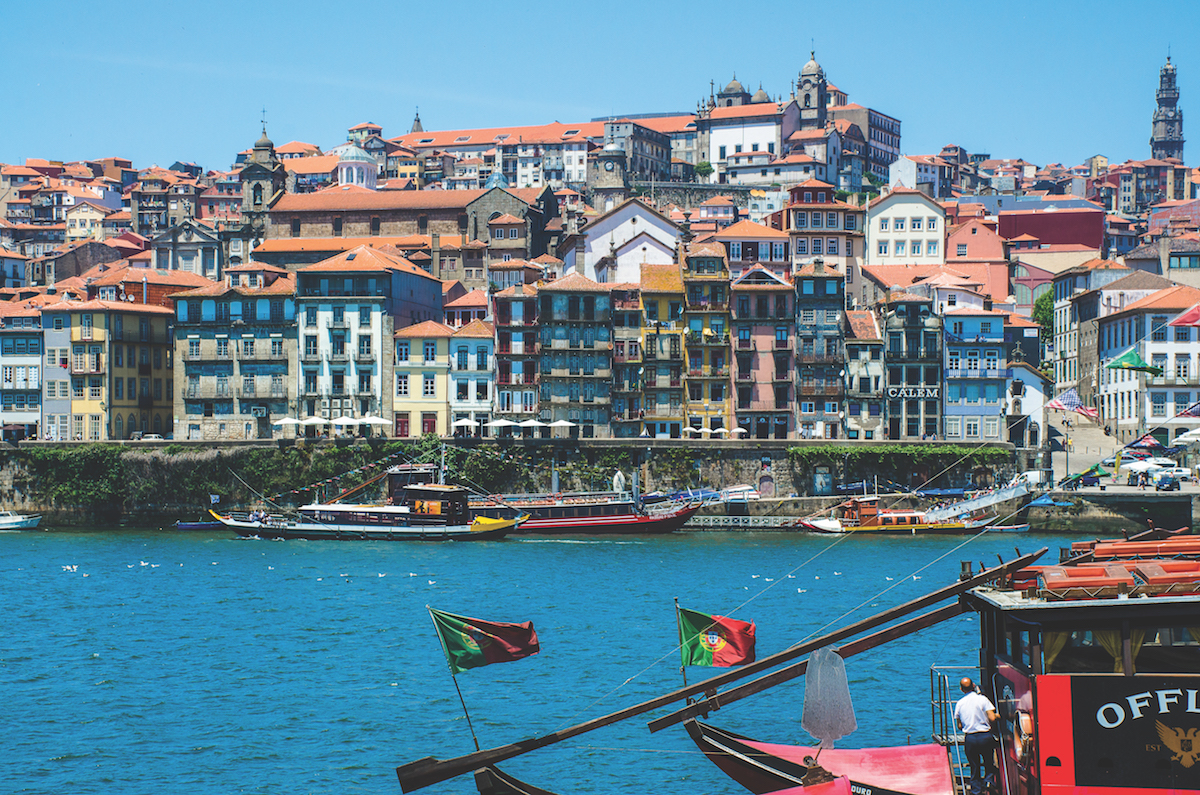
Taylor’s conveniently sits next door to The Yeatman, so taking a tour of the cool, dark cellar housing some of the most highly regarded port in the world is a must. Its 1967 Single Harvest, for instance, was awarded 98 points by Wine Selector in 2016, while award-winning wine connoisseur Tyson Stelzer scored its Vintage 2007, a perfect 100.
My one-hour audio-guided tour through the onsite museum outlines the company’s history and wine styles, and concludes with samples of Late Bottled Vintage – a style » Taylor’s pioneered – and white Chip Dry Port. I opt for an additional tasting of a smooth 20-year-old Tawny, characterised by mellow fruit flavours and a nutty aroma. Let’s just say Taylor’s reputation is deserved.
The wine continues to flow freely into the evening at The Yeatman’s restaurant when I pair Portugal’s finest nectar with a nine-course ‘gastronomic experience’ from the hand of Ricardo Costa, whose creative interpretation of Portuguese cuisine earned him a second Michelin star in 2017.
This year also saw Rui Paula collect a Michelin star at the Boa Nova Tea House, so the following day I make my way to Porto’s coastal outskirts to sample a degustation menu that capitalises on the country’s abundant seafood.
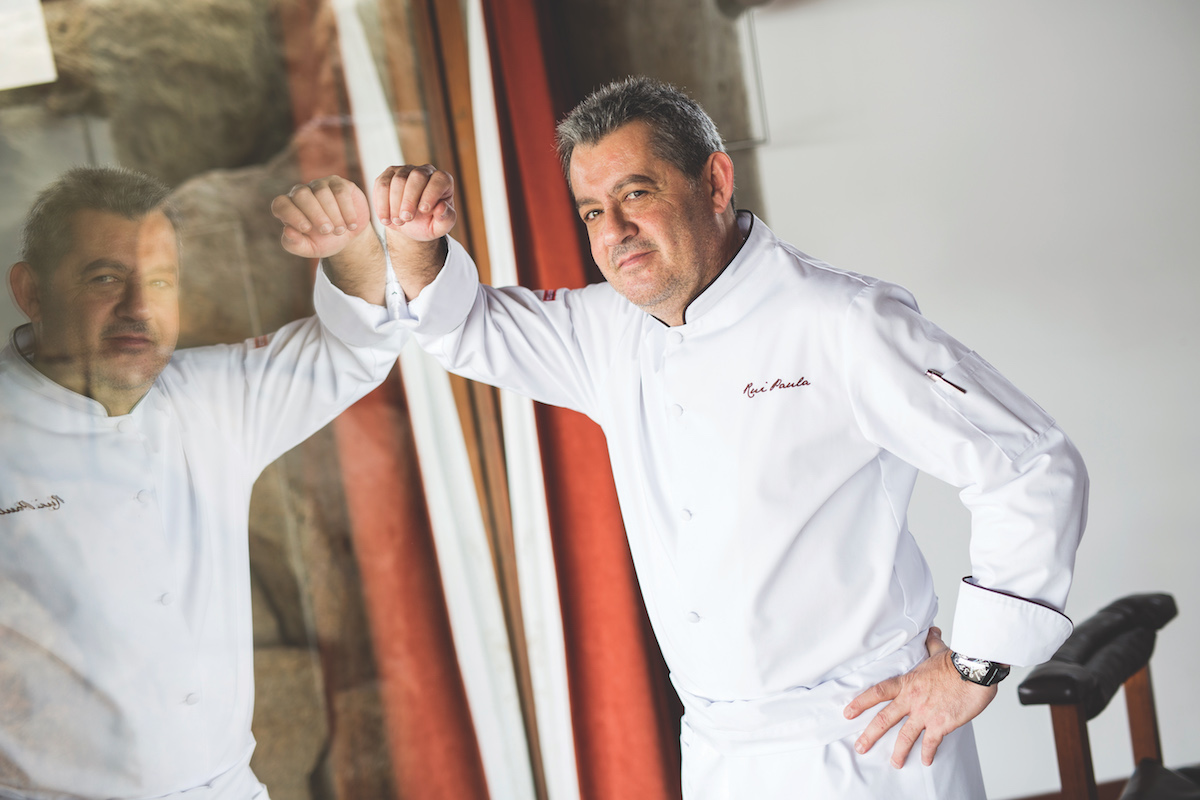
“It’s easy to make good food here,” says Rui as he steps out of the bustling kitchen, which patrons are invited to visit. “Fresh produce is always available, and our cold, oxygenated waters produce some of the best fish in the world,” he continues, gesturing towards the waves dramatically exploding against rocks just metres away.
Nobel Prize of architecture
It turns out Rui may also have the best-placed kitchen in the world given the restaurant’s concealed location along the rugged coastline. The structure, which opened as a teahouse in the 60s, is an early project of Portuguese architect Álvaro Siza, who went on to win a Pritzker – dubbed ‘the Nobel Prize of Architecture’. In another triumph, the building’s unique design saw it classified as a national monument in 2011.
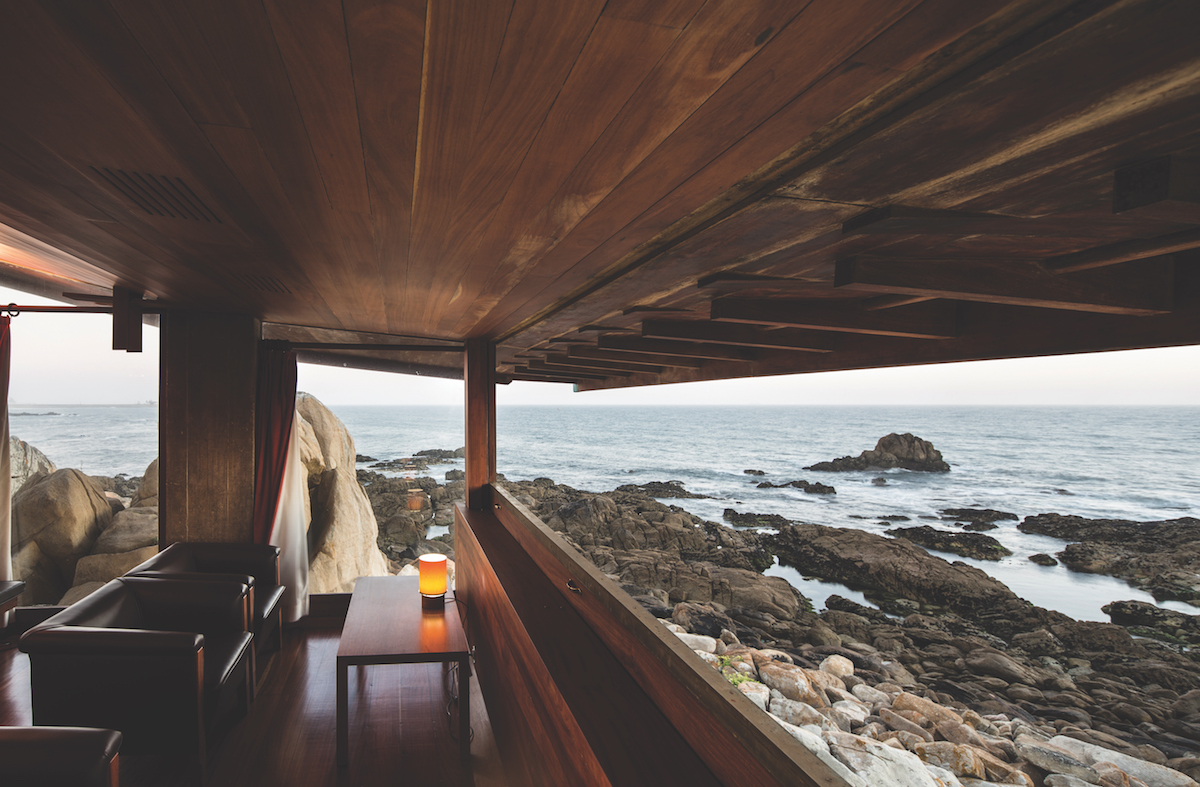
A further example of notable architecture can be found in downtown Porto’s stock exchange palace. Here, guided tours lead up the Palácio da Bolsa’s wide granite staircase to rooms such as a French renaissance-style courtroom and an office dedicated to Gustave Eiffel, the man responsible for Porto’s Maria Pia Bridge. The grand finale is a visit to the dazzling ballroom, where Arab-inspired patterns in blue, red and gold sweep across the walls and ceiling.
The opulence continues in the neighbouring baroque church, Igreja de São Francisco, where around 500 kilograms of gold were used to gild the interior wooden carvings. The church originally symbolised the affluence of Porto’s upper class, then, interestingly, functioned as a rather extravagant horse stable during Napoleon’s invasion of the city in 1809.
On a more discreet scale, Portugal’s gleaming metallics are showcased through its jewellery. Of particular significance is filigree – an ancient technique used to create accessories
from finely laced silver and gold. The Portuguese proudly have a centuries-long history of refining the style, and filigree has since been adopted by designers such as Gucci and
Dolce & Gabbana.
The majority of Portugal’s jewellers are based 15 kilometres outside Porto in Gondomar, so to understand the labour involved in creating filigree pieces, I visit ARPA, one of seven workshops along Portugal’s Filigree Route. Owner Antonio Almeida grew up in Gondomar’s ‘silversmith street’ and has been jewellery-making for around 50 years.
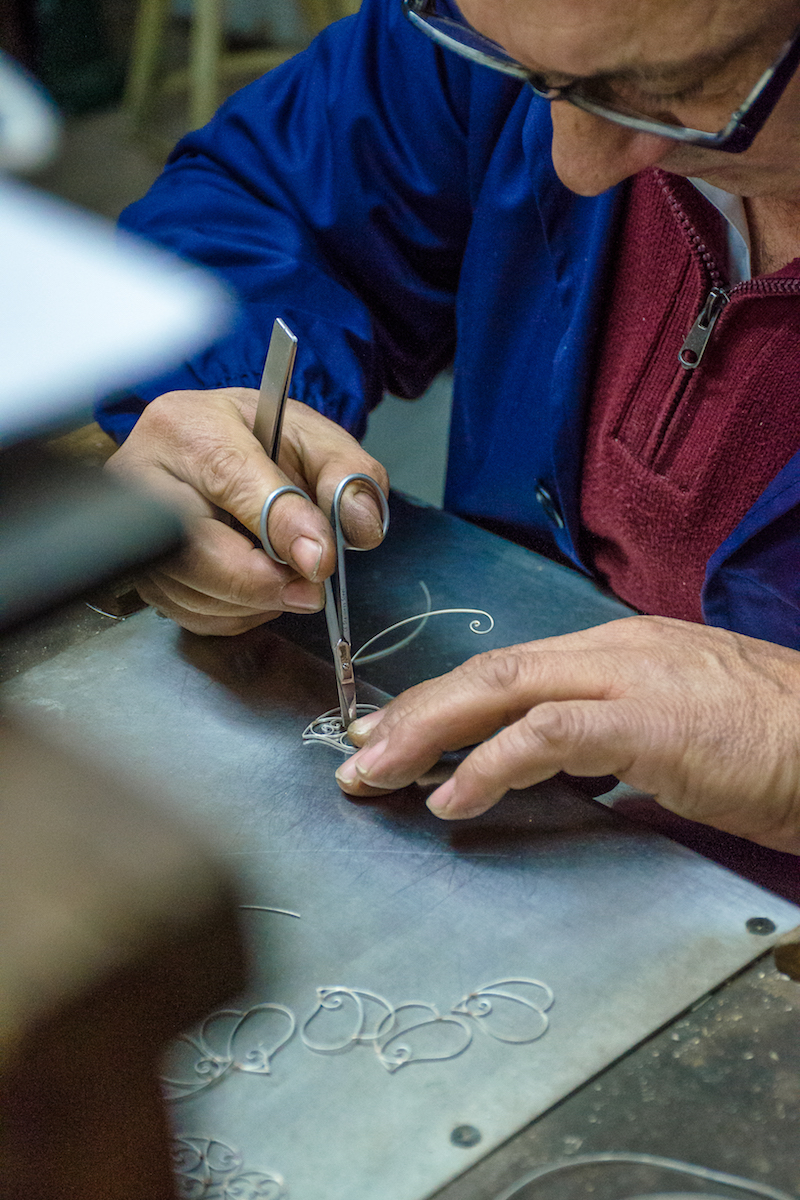
The rare exhibition is evidence of the treasures tucked away in Porto’s alluring streets.
As he sweeps a silver filigree pendant with a blowtorch, he recounts his childhood, saying local children were invited into workshops after school to ‘keep them out of trouble’. Hence, many of the resident jewellers have been perfecting their art for decades. The delicate silver heart Antonio hands me after an hour of twisting, hammering and polishing is testament to this and makes a cherished souvenir.
Another longstanding business in the jewellery game is Machado Joalheiro, which opened in Porto in 1880 and now has three outlets in Portugal. The flagship store in downtown Porto is recognisable by its beautiful art nouveau facade, and showcases collections of gold filigree and diamonds.
Furthermore, the shop houses an impressive and somewhat hidden private collection on its lower floor, which documents the evolution of Portuguese jewellery through the nineteenth and twentieth centuries. After being buzzed into the exclusive store, commercial manager Diogo, a fifth-generation Machado, leads me past tiepins and pendants handmade in the 1800s, and thumbs through tattered books of hand-sketched designs. It’s
a unique insight into local history, and the rare exhibition is evidence of the treasures tucked away in Porto’s alluring streets.
To discover more hidden haunts, I join local guide Joana Tomé on a Taste Porto downtown food tour to delve into the heart of Portuguese cuisine. Over three and a half hours, my small group is introduced to the flakiest of pastries native to Portugal’s north, a café that served as a meeting point for the city’s businessmen and politicians from the 30s, and a slow-roasted pork roll with sweet Iberian ham, discreetly found down a back alleyway.
After concluding the tour at 7.30pm with wine- and cheese-tasting on the vibrant pedestrian street Rua das Flores, I’m suitably satiated, so return to the luxury of The Yeatman for a nightcap. I admire the glittering cityscape through the floor-to-ceiling windows of the hotel bar, and as the last lights flick on in the narrow apartments along the river, Porto resumes its silent two-dimensional format.
Tomorrow will be another chance to experience the three-dimensional hum of the centuries-old streets, but for now, Porto is a visual delight, and perhaps one of Europe’s greatest works.
Prices start at AU$565 per night in a Superior Room to AU$1,590 per night in The Bacchus Suite (based on August 2017 prices). Including taxes and fees.

